Leverage Copyright-Free Music
The music industry is always evolving. Traditional music streaming has been the main source of revenue for the music industry for the past 15 years, but emerging artists and new record labels are now exploring new and innovative strategies to gain traction and build a better fan base. One such strategy is leveraging copyright-free music on platforms like YouTube. Adam Ivy, a music marketing expert, sheds light on this approach, emphasizing its potential to attract a wider audience and generate revenue.
Vloggers, student film producers, and corporate video creators have a particular affinity for copyright-free music channels on YouTube due to the myriad of benefits they offer. These channels provide a diverse array of music that can be freely incorporated into various projects, eliminating the legal and financial hurdles associated with copyrighted music. This is especially crucial for student film producers who often operate on limited budgets and vloggers who require a steady stream of new music to keep their content fresh and engaging.
Trina Timerra’s YouTube playlist of copywrite-free music received more than 400k plays and gained over 9k followers in less than 6 weeks. The releases have already made more money in that short period of time than some major artists. Corporate video creators also find value in these channels, as they can enhance their productions without navigating the complex landscape of music licensing, ensuring that the content remains compliant with copyright laws.
Riding the Wave of Trends
Adam Ivy underscores the importance of aligning with trends. He suggests that artists, especially those in the initial stages of their careers, should consider creating content around trending topics or popular songs. This approach can be particularly effective on platforms like YouTube, which have dedicated sections for trending content. By remixing or creating parodies of popular songs, artists can tap into the existing fan base of those songs and draw attention to their own work. “People are gonna find you; people are gonna love you for you,” says Ivy, highlighting that this method can serve as a springboard for artists to showcase their unique style and voice.
The Power of Covers
Creating cover songs is a proven method to build a brand rapidly on YouTube. Adam Ivy points out that cover songs act as “eyes and ear attractors,” serving as a hook to pull in an audience. While the immediate financial gains from covers may not be substantial, the long-term benefits in terms of audience building and brand recognition are significant. Ivy suggests that artists should intersperse their original content with covers to maintain balance and keep the audience engaged. He emphasizes, “Covers are going to attract people to you; then you can put out those originals and make money on that end.”
Monetizing Covers
Ivy mentions a platform, “We Are The Hits,” which allows artists to post covers on YouTube without facing issues related to copyright strikes or demonetization. This platform has partnerships with several labels, enabling artists to legally post covers and earn revenue. While the earnings may not be substantial, the primary goal is to use covers as a magnet to attract viewers to the artist’s channel.
Consistency and Patience
Adam stresses the importance of consistency, patience, and trust in the process. Regardless of whether an artist is just starting or has been in the industry for years, applying these tips and techniques consistently can lead to growth. “If you utilize these tips and techniques on a consistent basis, you’re gonna see more growth than if you didn’t use the tips and techniques,” Ivy asserts.
Clear and Concise Calls to Action
Another crucial aspect Ivy highlights is the use of clear and concise calls to action in videos. This involves politely prompting viewers to engage with the content by liking, commenting, or following the artist on other platforms. This engagement can significantly enhance the visibility and reach of the content.
The Mash of Songs
For new record labels and individual artists, creating a mash of songs from various artists on a YouTube video, including their own, can be a strategic move. However, it’s crucial to seek permission from other song creators before adding their music to the playlist. This approach not only respects the rights of other creators but also fosters collaboration and mutual growth within the music community.
Making money with copyright-free music can involve several strategies, as you can leverage such music in various creative and commercial projects. Here are a few ways:
- Live Performances/DJing: Use copyright-free music in live performances or DJ sets. You can earn money through ticket sales, tips, or fees for your performance.
- Music Curation: Curate playlists or compilations of copyright-free music and offer them on platforms that allow for monetization, like YouTube, with ad revenue.
- Stock Music Platforms: Some platforms allow you to upload copyright-free music for others to use in their projects, and you can earn money when people download or use the music.
- Create and Sell Remixes: Some copyright-free music allows for modifications and remixes. You can create remixes and sell them or monetize them through other means.
Remember to carefully review the license associated with each piece of copyright-free music, as some may have restrictions on commercial use or modifications.
The Next Level
The payment per mille (CPM), or the amount paid per 1,000 streams or views, can vary significantly across different streaming services, and it can also depend on various factors like the artist’s contract, the user’s subscription type, and the country in which the music is streamed. Here are approximate payouts per 1,000 streams for some popular music and video streaming services as of my knowledge cut-off in January 2022. Please note that these are rough estimates and actual payouts may vary:
Music Streaming Services:
- Spotify: $3 – $5
- Apple Music: $6 – $7
- Amazon Music: $4 – $5
- Tidal: $10 – $12
- YouTube Music: $0.50 – $2
- Deezer: $5 – $6
- Pandora: $2 – $4
- Napster: $10 – $12
Video Streaming Service:
YouTube: The CPM on YouTube can vary widely, ranging from $0.25 to $4.00, depending on factors like content niche, audience location, and video quality.
Diversification of Revenue Streams
In addition to leveraging copyright-free music, artists and record labels can significantly supplement their income by diversifying their offerings. This can include selling merchandise such as t-shirts, posters, and other branded items on their YouTube channel, which not only serve as additional revenue streams but also enhance brand visibility and fan loyalty. Furthermore, artists can offer exclusive content, early access, or special experiences to fans through membership services or patronage platforms like Patreon. Offering music lessons, workshops, and consulting services are also viable avenues for generating additional income. Adding these endeavors allows artists to maximize their revenue potential, fortify their brand presence, and cultivate a more intimate and loyal relationship with their audience, thereby establishing a multifaceted approach to sustaining a music career.
DIY Music Videos: A Beginner’s Guide to YouTube Releases
An artist with minimal video or graphic knowledge can still effectively release music on YouTube by leveraging simple and user-friendly tools and resources. Here’s a step-by-step guide:
1. Use Static Images:
- Simple Visuals: Artists can use a high-quality image, like an album cover or a promotional photo, as the visual component of the video. This approach requires minimal graphic skills and can be done using basic photo editing software.
- Lyric Video: Another option is to create a simple lyric video with the song lyrics appearing on the screen as the song plays.
2. Leverage Online Tools:
- Canva: Canva is a user-friendly graphic design tool that offers templates for creating visually appealing images or simple animations for videos.
- Wave.video: This is an online tool that allows users to create videos easily with customizable templates.
3. Utilize Video Editing Software:
- iMovie or Windows Movie Maker: These are basic video editing software available on Mac and Windows respectively, which are sufficient for combining audio with static images or simple visuals.
- Lightworks: A more advanced, yet user-friendly option for those willing to learn, offering tutorials for beginners.
4. Explore YouTube Features:
- YouTube Slideshow Creator: YouTube offers a feature that allows users to create a video slideshow from a series of images, which can be a quick way to create a video for a song.
- YouTube Audio Library: Artists can use this feature to add free music to their videos if needed.
5. Outsource Video Creation:
- Freelance Platforms: Websites like Fiverr or Upwork allow artists to hire freelancers with video editing or graphic design skills to create videos at a reasonable cost.
- Collaborate: Seek collaborations with videographers or graphic designers who are looking to expand their portfolios.
6. Optimize Video Details:
- SEO Optimization: Use relevant keywords, descriptions, and tags to optimize the video for search engines, making it easier for potential fans to discover the music.
- Thumbnail: Create an eye-catching thumbnail using tools like Canva to attract viewers.
7. Engage with the Audience:
- Interact with Viewers: Respond to comments on the video and engage with the audience to build a community around the music.
- Promote on Social Media: Share the YouTube link on various social media platforms to increase visibility and attract more viewers.

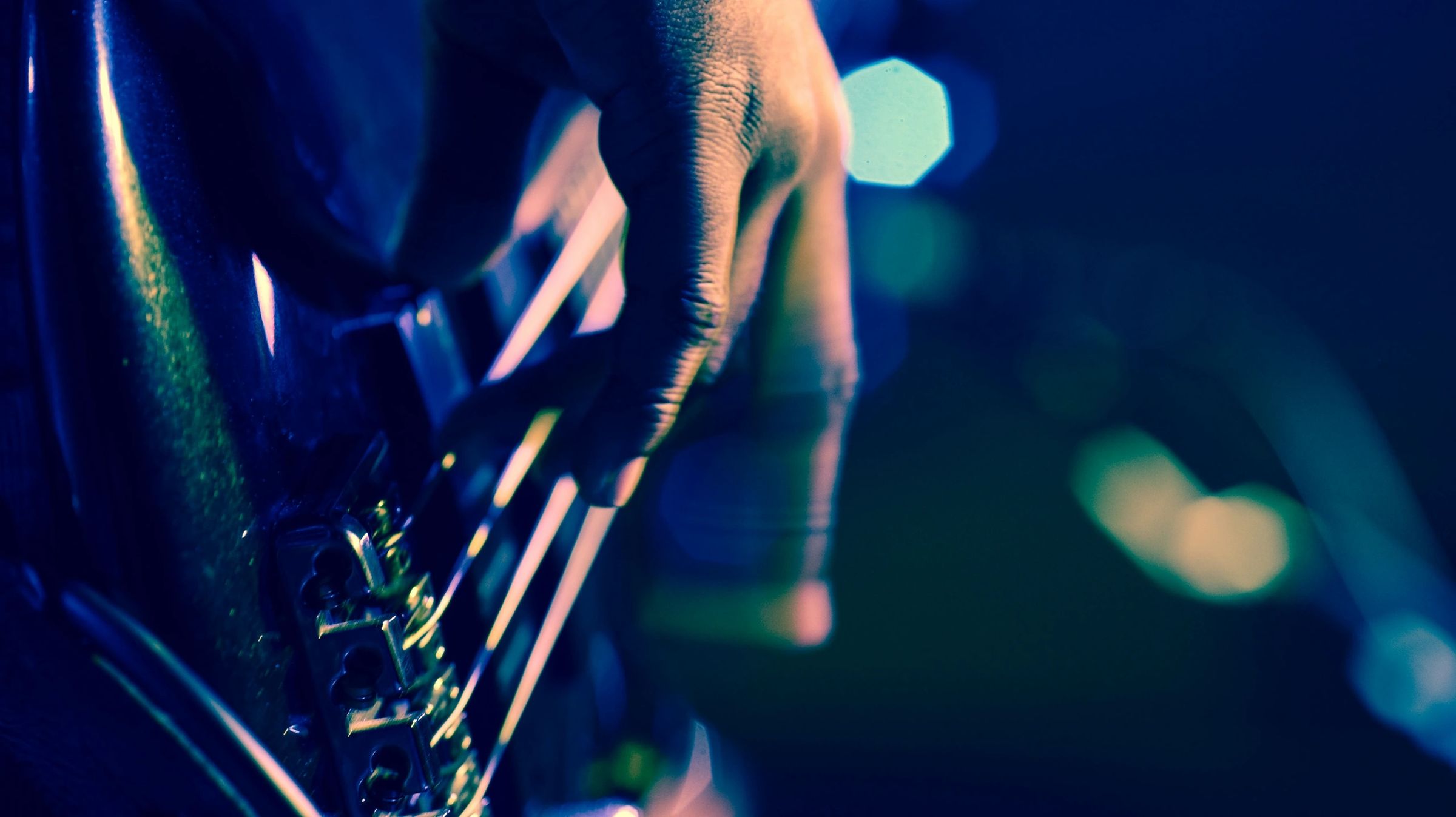

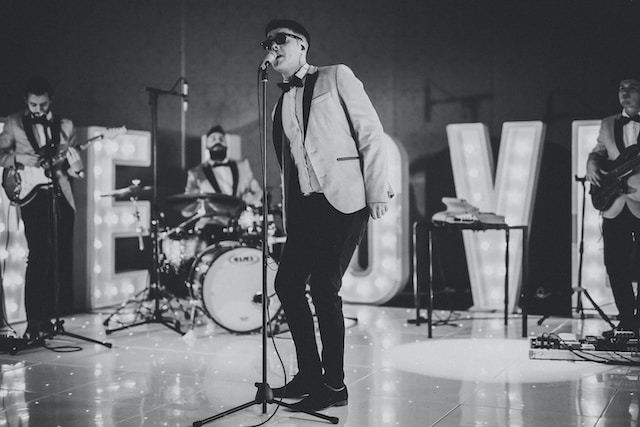

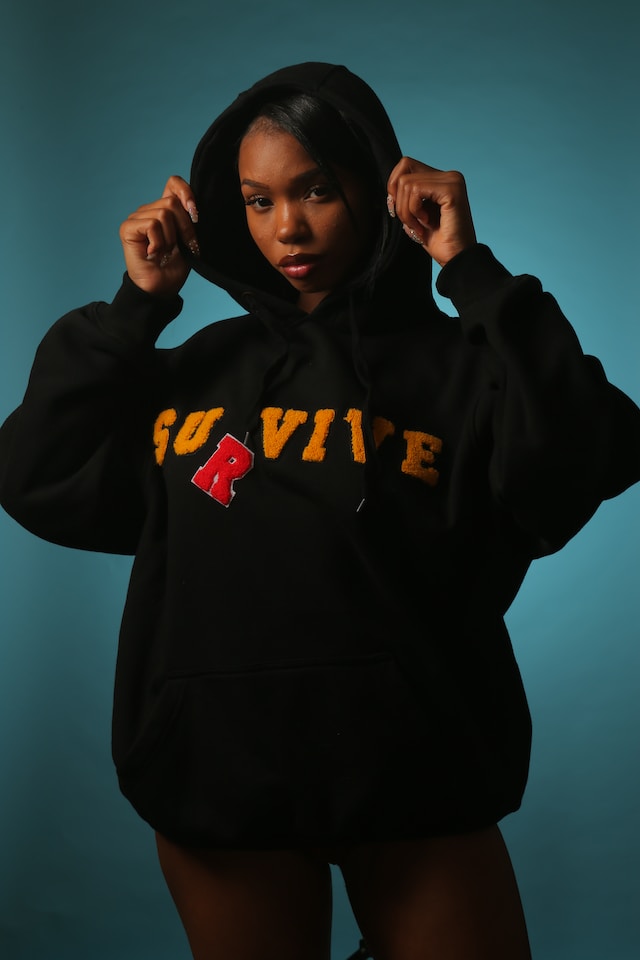
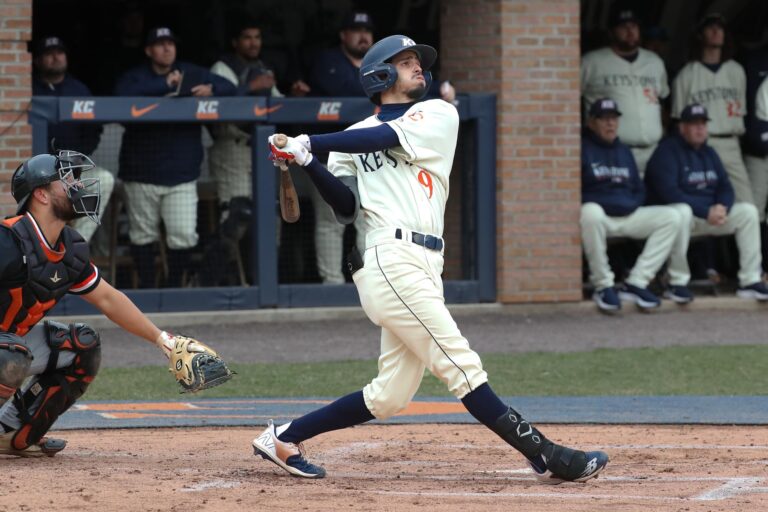



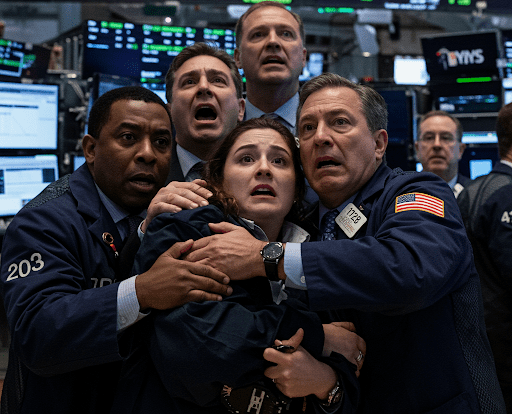


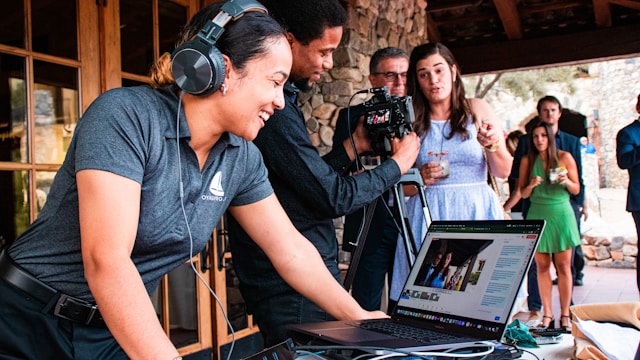

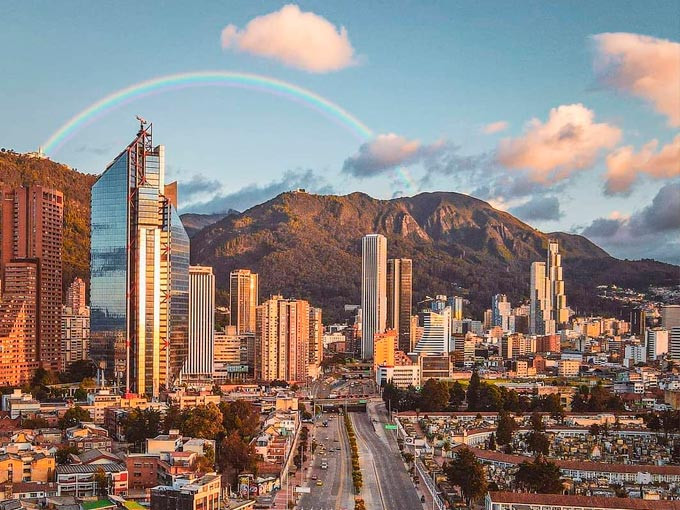

+ There are no comments
Add yours